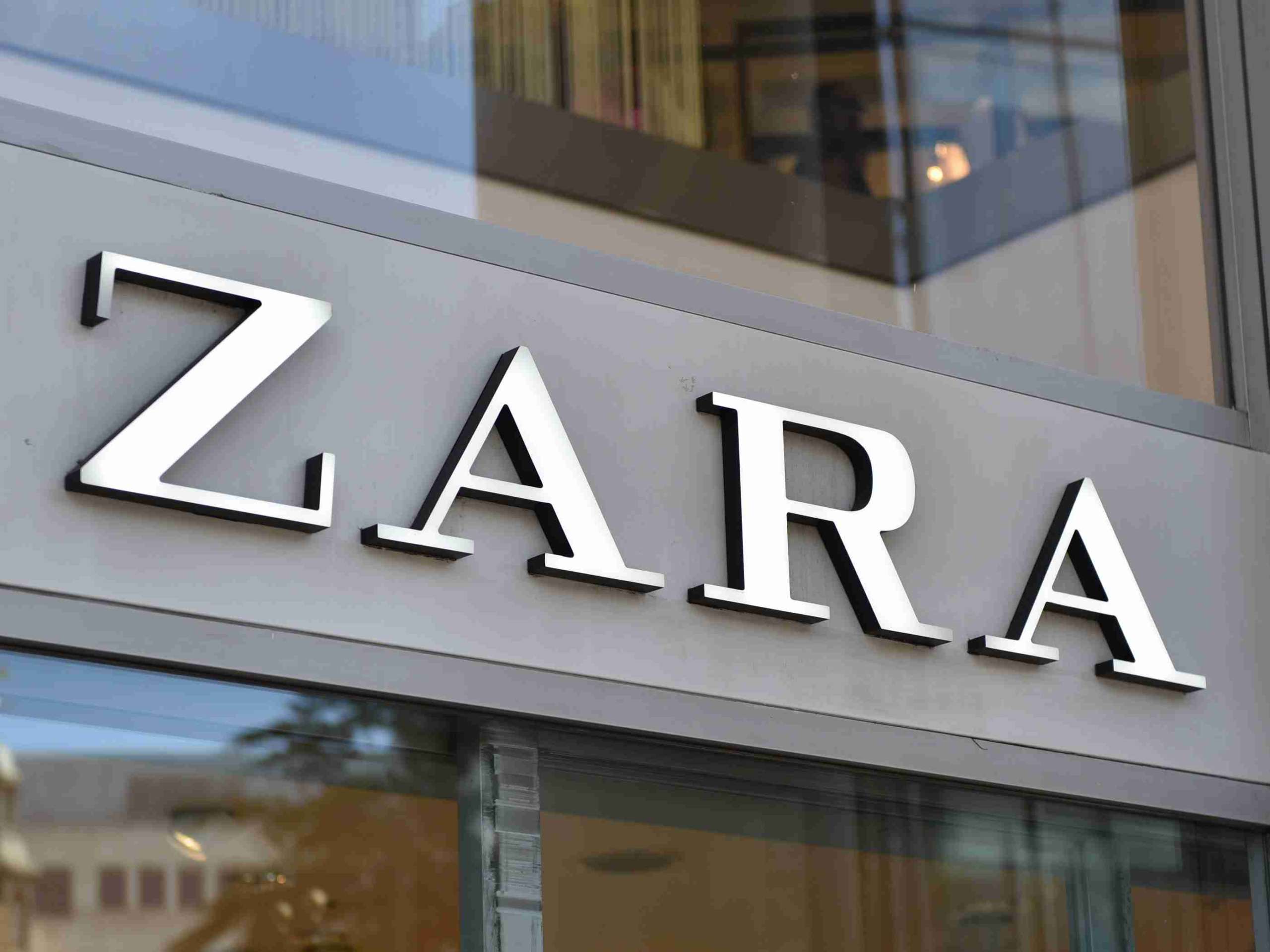All You Need To Know About Zara Suppliers and Zara’s Global Supply Chain



“Get ready to avail of a 10% sale on Zara’s products this New Year’s!”
“We are happy to announce that Zara stores across the globe are ready to offer their customers a brand new collection of products for all the men, women, and children out there!!!”
Imagine waking up to notifications like these. Oh, how such short lines have the capability to lighten up our moods in the pandemic and post-pandemic days. We love Zara so much that we would buy its products any way, but to announcements like these, our hearts are bound to skip a beat.
I’ve often wondered how Zara is the only store excelling in fashion regardless of the situation. This pandemic stopped everything literally and has been the cause of the shutting down of infinite businesses. The Zara Manufacturing Company, however, has managed to remain immune throughout. The reason is its exemplary and flexible business model along with its approach towards supplier relationships. The strategies and the management for Zara’s supplier and global supply chain are solid. So, here’s all you need to know about them, along with the Zara supplier list. It would be great to go through them if we wish to know Zara and the secrets of its success in a better way.
Zara Supplier - The Priority of Zara
Suppliers and manufacturers are the pillars of any company. Our beloved Zara takes this fact very seriously and cares for its suppliers and manufacturers equally. It efficiently protects the human rights of workers who work hard for making those fashionable garments possible. Zara’s sustainable business model helps in the development and growth of its suppliers. As a result, it creates a positive impact in several countries economically.
Zara Supplier and the Code of Conduct

There is a reason that we find Zara stores the most suitable place for us to visit and take a shopping therapy every once in a while. I was in awe of the company when I found out the list of rules wanting its suppliers and manufacturers to maintain a specific code of conduct. It is meant to be included for the proper management of the store. The code also ensures the prioritization of human rights and protection for Zara suppliers. Isn’t it heartwarming to know that Zara is also involved in promoting international labor conventions? It shows how the company not only cares for its customers but its suppliers and manufacturers as well. After all, the existence of Zara is naught without its workers on all levels.
Zara Suppliers and Stakeholders
I am sure such information about Zara will make you fall deeper in love with it. Everybody loves knowing secrets. Let me tell you one more. Zara’s Social Sustainability Division has 3000 professionals to train the suppliers and manufacturers across the globe. Can you believe it? They are so attentive when it comes to providing the best working environment in their company. The company trains its suppliers and manufacturers to be familiar with the requirements of the Code of Conduct. There are frequent checks and audits, which help in ensuring obedience to the requirements. Voila! The standards of the Zara manufacturing company are thereby raised whenever required.
Zara Supplier List
Zara is one of the most loved companies by men, women, and children. So, where do the clothes that Zara supplies come from? Where does the owner, after all, make those clothes? The collection is changed every two weeks, unlike other stores where the collection is renewed in an interval of two to three months. The owner of Zara combines the sources in Europe and other nearby markets. The suppliers are from the far East.
Zara’s supplier list, therefore, includes twelve clusters that concentrate 92-97% of the production: Spain, Turkey, Morocco, Portugal, India, Bangladesh, China, Pakistan, Brazil, Vietnam, Cambodia, and Argentina. These help the company keep an eye on labor quality and social compliance to apply them locally. Including these clusters, there are 32 new suppliers added in Asia, just last year. Wow!!
To add more to your happiness, the Zara supplier list also includes 1040 suppliers from Asia. There are 459 in the European Union and 200 in the rest of Europe. Then, 145 were from Africa and 22 from America. The statistics are mind-blowing. Getting to know these numbers makes me want to say, You Go, Zara!
Coming back to the point, to top it all, the company has overall 1866 suppliers and 7232 factories across the world.
Zara’s supplier list doesn’t seem to take a back seat. Good for us. The wider the expansion of the company, the better for its fans and followers.
Zara’s Global Supplies Chain

After knowing how efficiently Zara deals with its suppliers and manufacturers, it becomes vital to know the success behind its supplies chains. There’s a reason that they work globally. By now, we know about the company’s vast expansion worldwide through the Zara supplier list, and we know half of the reasons behind it. One more key to their success deserves to be known by us. Right? So, here are some interesting facts that will let us unlock the key to their doors of success.
The Ultimate Focus on Customers
Zara doesn’t outsource its products to Asia; the products are manufactured in the factories owned by the company. It helps the company get an edge in the competition because they can offer people the products they wish to wear. Buyers, therefore, get seasonal clothes, along with the basic T-shirts to wear casually.
Now that’s a clever strategy that companies need to learn from Zara. One of the most notable qualities of the Zara manufacturing company is that it assesses the taste of its customers and alters its collection according to them.
The products that don’t sell will soon be out of stock or change in two weeks. Being loyal customers of Zara, we know very well that the company doesn’t reorder popular products; so, we better take it or leave it. Putting their customers at the heart of their supply chain makes Zara a leader in the world of fashion.
Utilization of the Supply Chain
Companies such as Zara focus on the customer experience more than the cost. They value their customers and are highly responsive to latest trends. Their speed and attention to fashion help them offer the products to their customers at the right time. The company has such talented people working that they can get their designs from the catwalk.
They can manufacture them and then distribute them in the stores within two weeks of the design’s first appearance in the fashion industry. Zara uses a more ensuring way to deliver the desired products at the expected time to its customers. It manufactures 50% of the products within the season. It means the product is just in trend. Top that people!!
Quick Development
The companies generally target providing the new products in their stores within six months. Imagine, Zara does that in one week! The production speed and the response to the trend are very high. The fashion retailer launches approximately 12000 new designs per year. Innovation is the key to the success of a business. Zara, of course, is innovative. So, this helps the company in replacing old lines of clothing with new ones.
The standard percentage of unsold items in a stock is 17-20%. For Zara, it is 10%. This means that Zara is extremely serious about the needs and desires of its customers. The company achieves the goal through copying high fashion. It prioritizes the feedback of its customers and brings those changes in the stock. The strategy is so well knitted that it leads to the creation of urgency in consumers. People like us, therefore, die to buy these new trends in Zara.
Small Batch Distribution
Zara owns its supply chain and therefore controls it more than most retailers. It helps them make their supply chain both flexible and agile. It also allows the company to cut several costs while outsourcing the products. The strategy saves time from indulging in the distribution process and conflicts with third parties. Zara is a vertically integrated company and owns its manufacturing and production.
Businesses like these are known for influencing mass production. Zara is also expanding at a tremendous rate, especially in several locations in central business districts. They, therefore, make sure that the products are delivered without any issues to the stores in those places. So, they manufacture and distribute the products in small amounts or batches. This prevents them from relying on third parties.
As a result, they control all the designing, warehousing, distributing products, and handling logistics functions. Isn’t it the most intelligent and considerate clothing company?
Conclusion
Zara has increased the number of stores all over the world. Zara Home and Zara Kid have appeared as their offshoots. The customers enjoy the products of the latest trends. The company was bound to have won a million hearts. What Zara does is observe and listen to our tastes, needs, and suggestions and sew those voices into developing their stocks. The customers like us truly feel heard and appreciated. Why and how then, the sale of the products would not be a guaranteed thing?



















